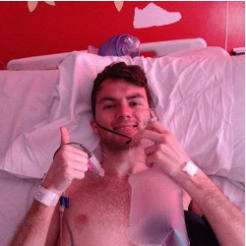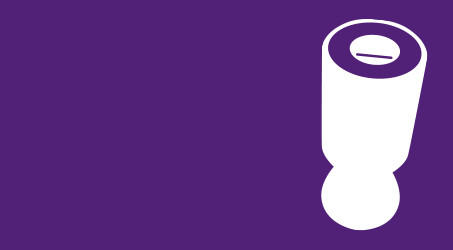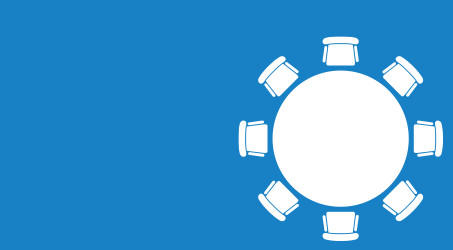The Teenage Cancer Trust saw donations soar after after it tested new messaging featuring ill beneficiaries at its flagship Royal Albert Hall concerts this year.
The TC was testing its new messaging – 'Cancer kills more young people in the UK than any other illness', Kate Collins, director of fundraising at the charity, told the Institute of Fundraising’s National Convention yesterday.
Speaking in a session called Instinct to insight – getting the balance, Collins said the TCT made the changes after it carried out interviews with supporters and potential supporters as part of a strategic review launched last year.
Previously, the charity had used images of healthy-looking young people because its whole philosophy is about young people being young people first, not cancer patients.
But focus groups with parents of teenagers, and parents generally, found that people had a lack of knowledge and understanding about cancer in young people.
Those interviewed thought all cancer charities cover teenage cancer and that a cancer trust should deal with all sorts of cancer.
Collins said: “It was really refreshing to have people tell us what they did not know because it is so easy to assume people know what you are talking about.
She said the charity was not explaining the problem, but was "jumping straigh to the solution".
She said the charity had started with "the second book of the trilogy" rather than the headline findings.
"We weren't talking about the huge isolation young people with cancer face,” she said.
The charity developed messaging around the statement that: 'Cancer kills more young people in the UK than any other illness'. It decided to test this at its flagship Royal Albert Hall concerts and comedy nights in March; a strategy Collins warned was “fairly high risk”.
Adverts went into the Metro newspapers featuring Amber, who had lost her hair due to aggressive cancer treatments. Collins said the charity saw the best response to any ad it had ever run.
The Bafta award-winning director Shane Meadows made a film for the concerns. It did not have a strong fundraising ask but it was “immensely powerful” and was followed by standing ovations every night, Collins said. It featured Amy, who has an incurable brain tumour, and Ellie, who has been through rigorous treatment for leukaemia.
From a fundraising point of view, the TCT has face to face fundraisers at the concerts who doubled the number of people signed up compared to 2013. Bucket donations were also “massively up”, Collins said.
The charity’s insight work also informed its response to Stephen Sutton’s story and the deluge of donations and attention that flooded into the charity after his final thumbs up message on 22 April. Stephen's story went on to raise more than £4m for TCT.
Collins said before his story hit the national headlines, Stephen had been a key ambassador and supporter, who was supported by a team from the charity, who knew him well personally.
“We reacted like supporters,” she said. “We had no idea he was going to post what he did. It forced us an organisation to think like a supporter and react in a really human way.”
Collins and TCT chief executive Siobhan Dunn appeared in numerous media interviews. Collins said they sat down beforehand and made sure they thought about getting their message over to a cold audience that did not know cancer was a problem for teenagers.
“I’m not sure we would have done that without the insight work,” she said, saying their messages would have used lots of stats and percentages.
“There is a lot more we need to do in terms of insight much more about segmentation, proposition and product development.
“Having the insight informs you decisions under pressure. Our instinct under pressure was good because our insight work meant we had a litmus paper test.”









